Studies show that the act of witnessing the journey of an underdog instills a sense of hope. Whether we’re following a protagonist’s quest in a novel or watching Rocky, the experience affects our biochemistry, altering our mindset for several days. As any vehicle aficionado knows, this phenomenon extends to our daily drivers, the Land Rovers we see on Instagram, and the vintage cars with no right to arrive in one piece. Roy Spinder’s 1964 Volkswagen Baja Bug is exactly that—the one we root for, the one we want to make it, and the one that gives us hope.
The Bug is nearly 60 years old and has clocked over 70,000 kilometers during its lifetime. It lacks modern luxuries, electronics, and comfort, but there’s something we love about these old vehicles. Maybe it’s the guts and the glory, or the toughness of their owners. Whatever it is, we root for them. “Now that’s a real adventure,” we say.
Roy’s Baja Bug is the color of an orange-flavored popsicle. The way the hood curves and the placement of the headlights form a friendly front-end smile that attracts feelings of nostalgia, hand waves, and thumbs-ups from passing drivers. “It doesn’t matter which country I’m in, I can’t stop at a service station without someone talking to me,” Spinder says. Although Roy often travels solo, he is never alone. “It’s a great conversation starter; everyone loves it because it’s a yellow Beetle and looks different.”

Spinder, who has restored, maintained, and repaired Volkswagens for the past eight years, chose the Baja Bug intentionally. After a bit of research, he found Fiona Easterby’s book, Beetle Drive, which chronicled her trip from the UK to Singapore in a 1969 Baja Beetle. “I know Volkswagens front to back,” he says. “When I decided to travel throughout Australia, I knew everyone had a Nissan Patrol or a Land Cruiser. I wanted something different.”
Born and raised in the Netherlands, Roy dreamed of traveling through Australia. After a few false starts, he found the Beetle online, quit his job at the Volkswagen shop, and toured south from the northeastern coast of Queensland. The car’s condition was “nice and solid,” especially considering it was 50 years old at the time.
Spinder made the most of the tiny space by adding an Offgrid Baja rooftop tent, removing the rear seat, and fitting a 60-liter Kings fridge and dual-battery setup with a 134Ah deep-cycle AGM battery and a 125-watt portable solar blanket. Roy admits the Bug, despite the installation of sound deadening, remains very loud (no surprise there). Overland accessories are minimal, allowing the Beetle’s true character to shine.
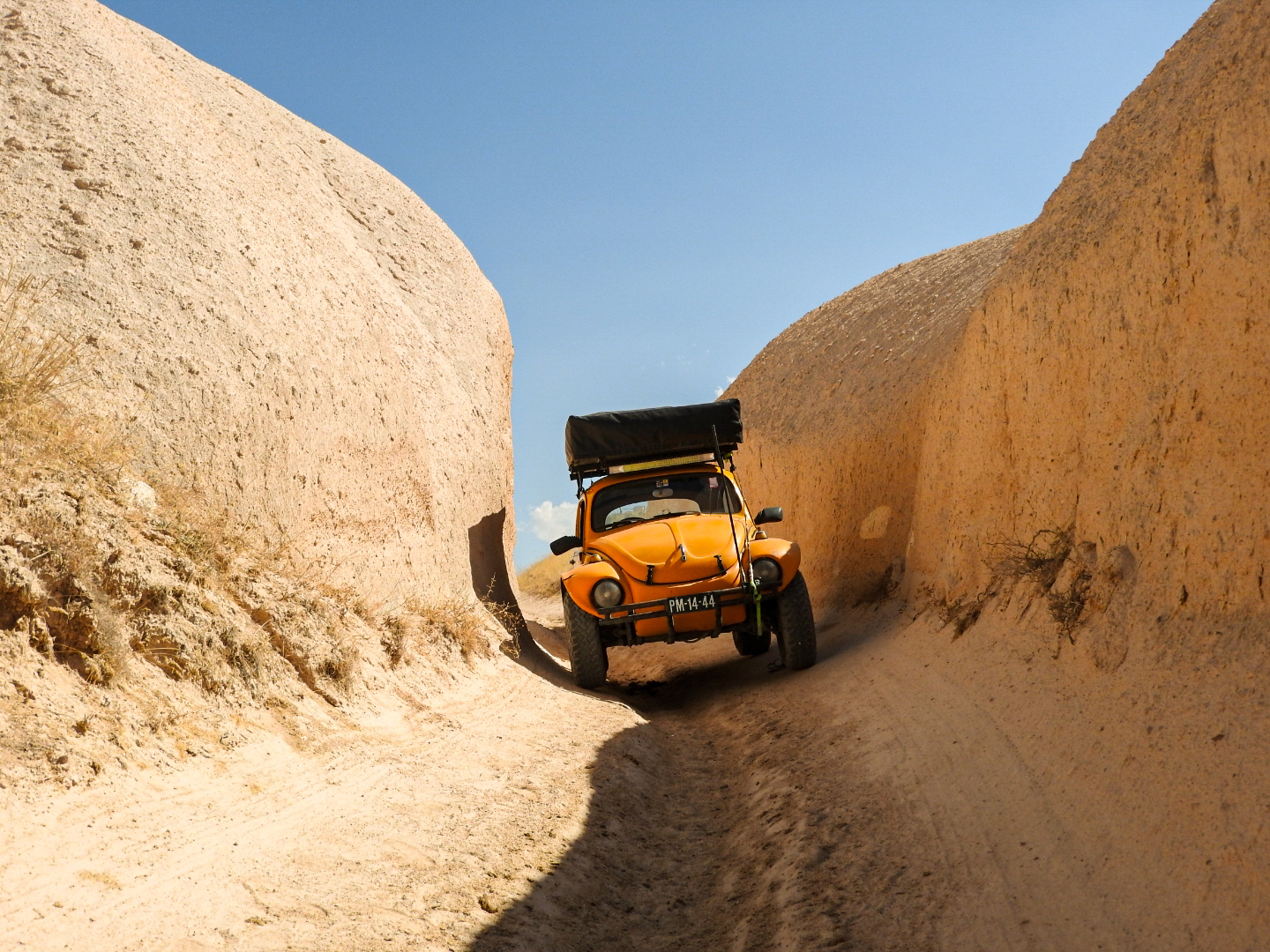
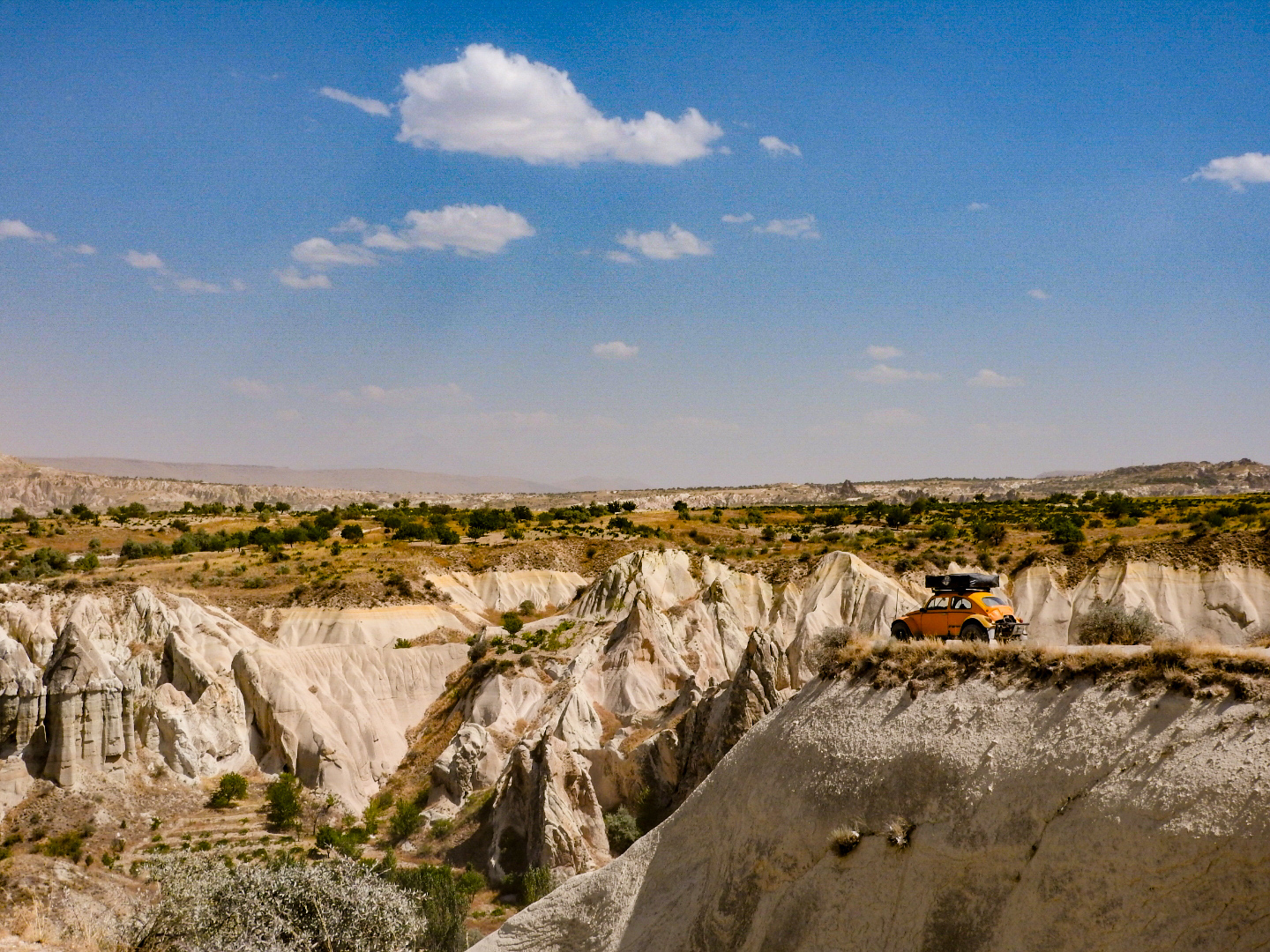
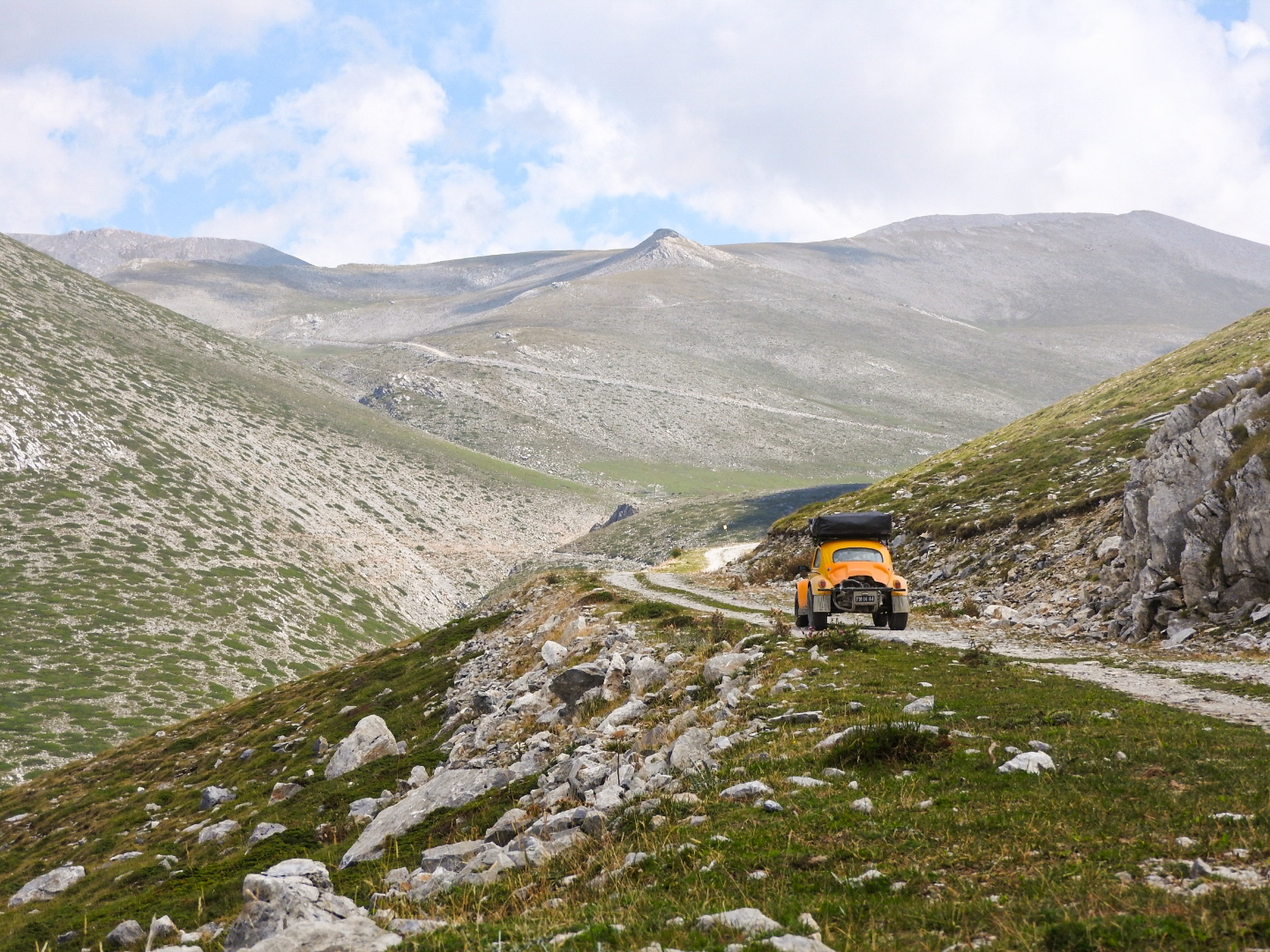

From Cairns to Melbourne, Roy and his Baja Bug drove 45,000 kilometers. After an unusual bout of desert rain, they became bogged down in the Outback, where red dirt turned to mucky clay. “That cost me two to three days,” Roy laughs. “I spent seven hours with a hammer and screwdriver trying to get the mud off so I could continue.”
After a year in Australia, the latter part of which occurred during the Covid-19 lockdown, Spinder shipped the Bug home to the Netherlands. During a few weeks of holiday time in 2021 and 2022, Roy and his father—who owns a sand-colored Baja Bug fashioned with Monster Energy stickers—hit the dirt through the Alps from Mont Blanc to Monaco, enjoying off-road tracks in the Pyrenees before heading into the Spanish badlands. The Alps trip was so special Roy and his dad returned the following year with two of Spinder’s best mates and a lifted Class 11 Bug with a stock body, suspension, and generously sized wheels.
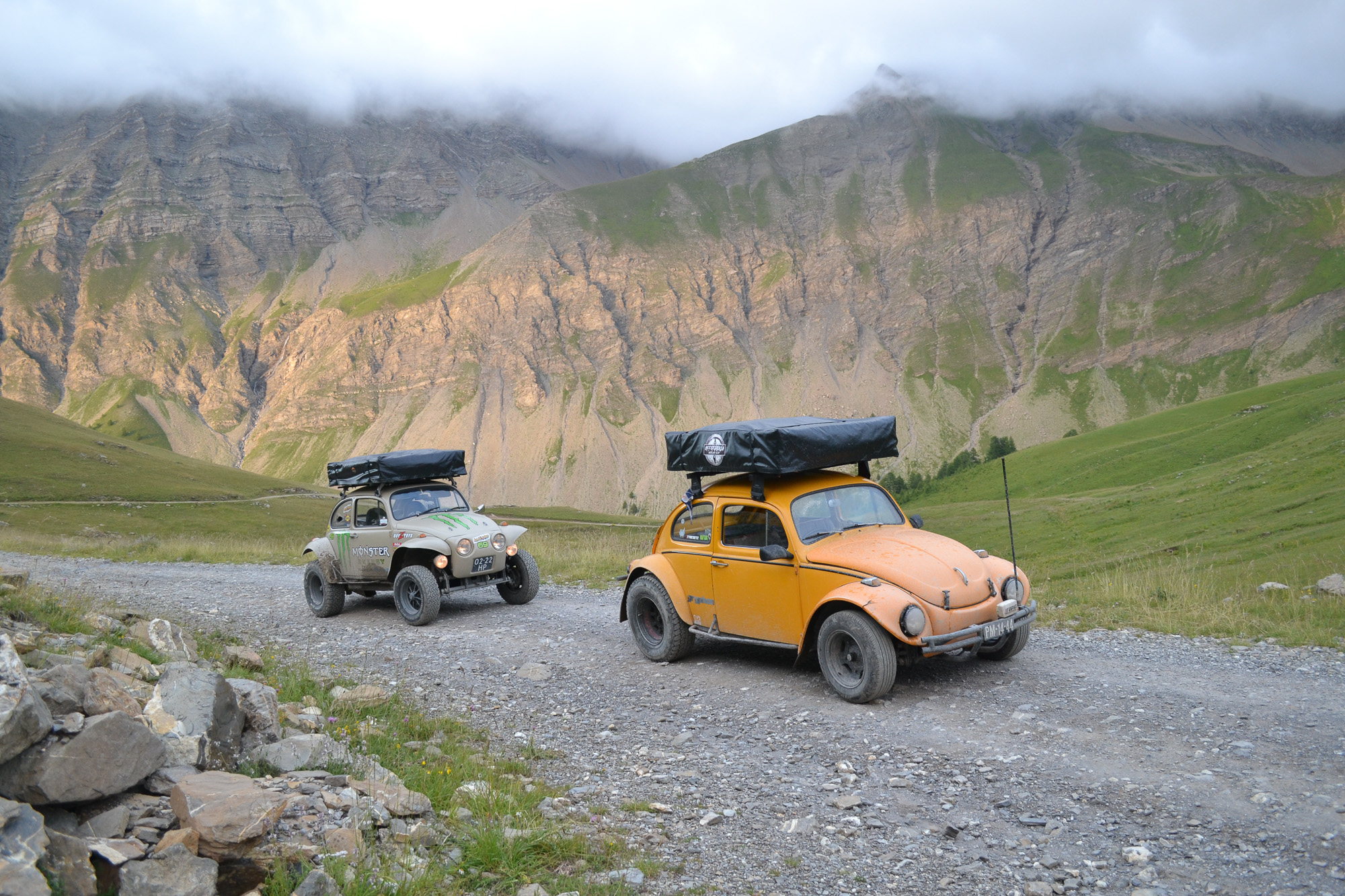
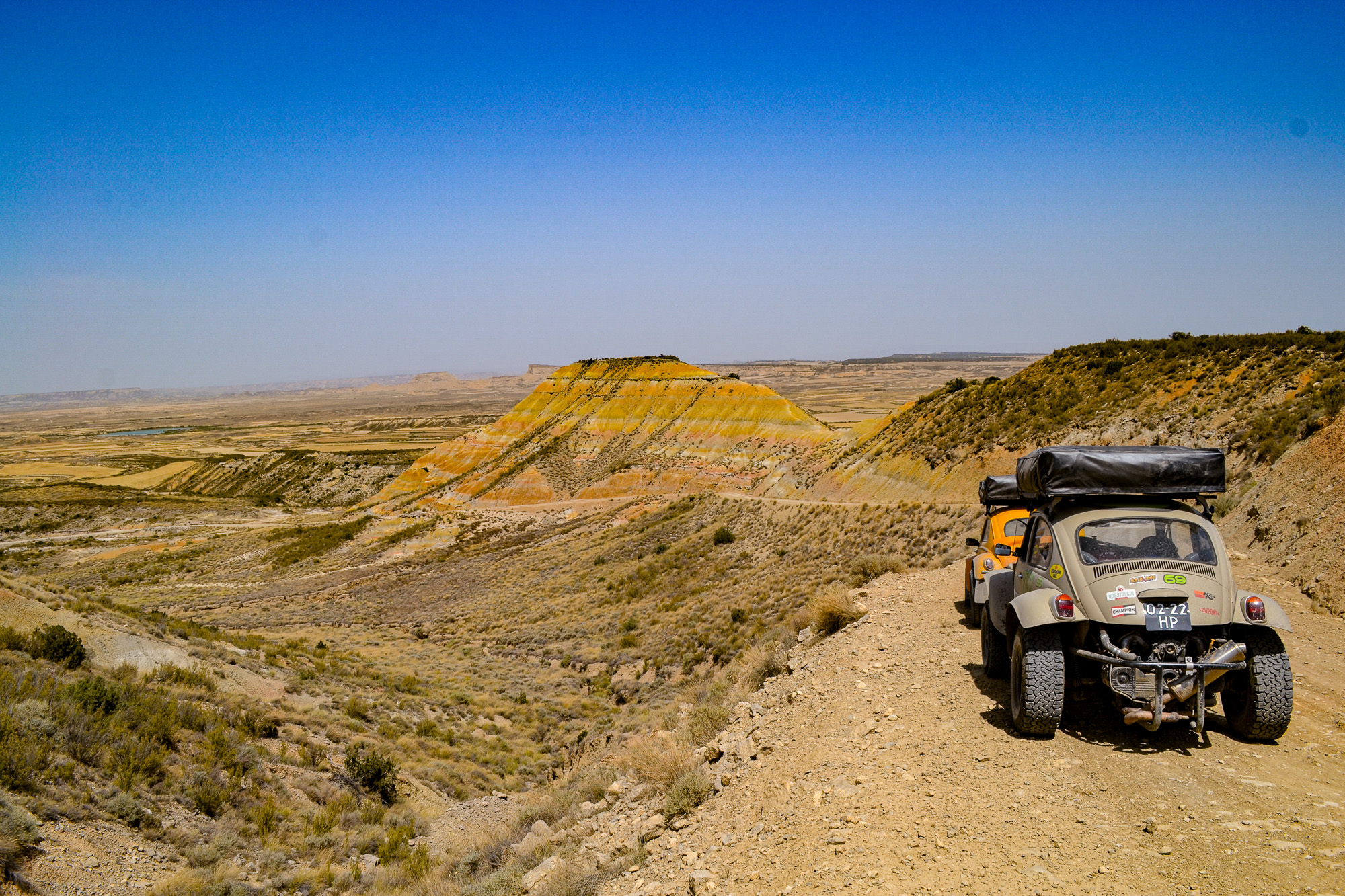
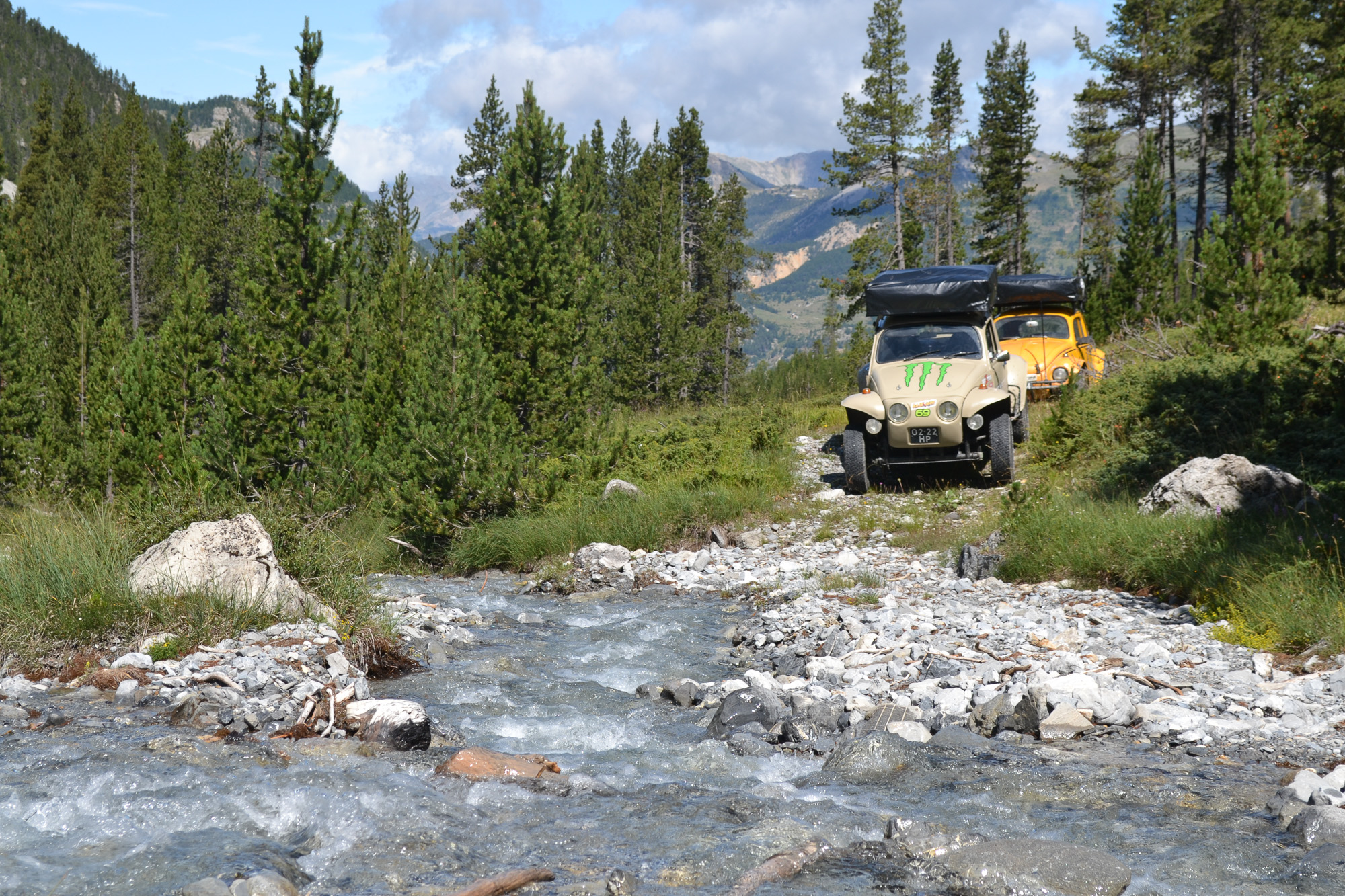
Then, Roy Spinder got sick. The illness, he tells me, disables 33 percent of its sufferers to the point where they are unable to return to work. After losing his job, Roy says it was important to focus on what he could do. He could make himself dinner. He could sit in a car. There were good days and bad days. “My mindset was to just relax and live life a little bit,” he says. This culminated in a two-month solo trip to Eastern Europe: the Czech Republic, Slovakia, Romania, Bulgaria, Turkey, and the Balkans. Hope, in this case, was inspired by the Beetle’s ability to take Roy where he needed to go. “I’ve recovered pretty well, luckily,” he admits, so much so that he embraced the snowy October skies in Norway for another 10 days with a close friend. After that, he pulled the car apart with plans to return to Australia.
The complete body-off restoration took just under six months of 40- to 50-hour weeks. Roy, who undertook all the mechanical work himself, accepted help from several friends. One owns a body shop in the Netherlands that exclusively caters to classic vehicles. The other is a talented painter.
Everything was taken apart. Roy chose a Volkswagen Kombi gearbox because the gearing is shorter, providing lower ratios that cater to better off-pavement performance and allow for bigger CV joins. The Bug’s 1960s-era rear swing axle was upgraded to a Superbeetle independent rear suspension, complete with coilovers. The Beetle seats, however, remained intact, as they were engineered so well by Volkswagen that Roy can sit comfortably for six, seven, or eight hours of driving without any back pain.
Spinder says the Baja Bug runs much more comfortably due to the new independent rear suspension. “The old straight axles don’t have CV joints, and because of the big wheels, the whole back end would give me a little tap every time I hit a pothole. It doesn’t do that anymore.” The front lift prevents bouncing, and the Kombi gearbox shifts perfectly. “I can easily sit at 90 or 100 kilometers an hour, fuel economy is better, and the cooling is better,” Roy says. How it handles off-pavement, though, he doesn’t yet know.
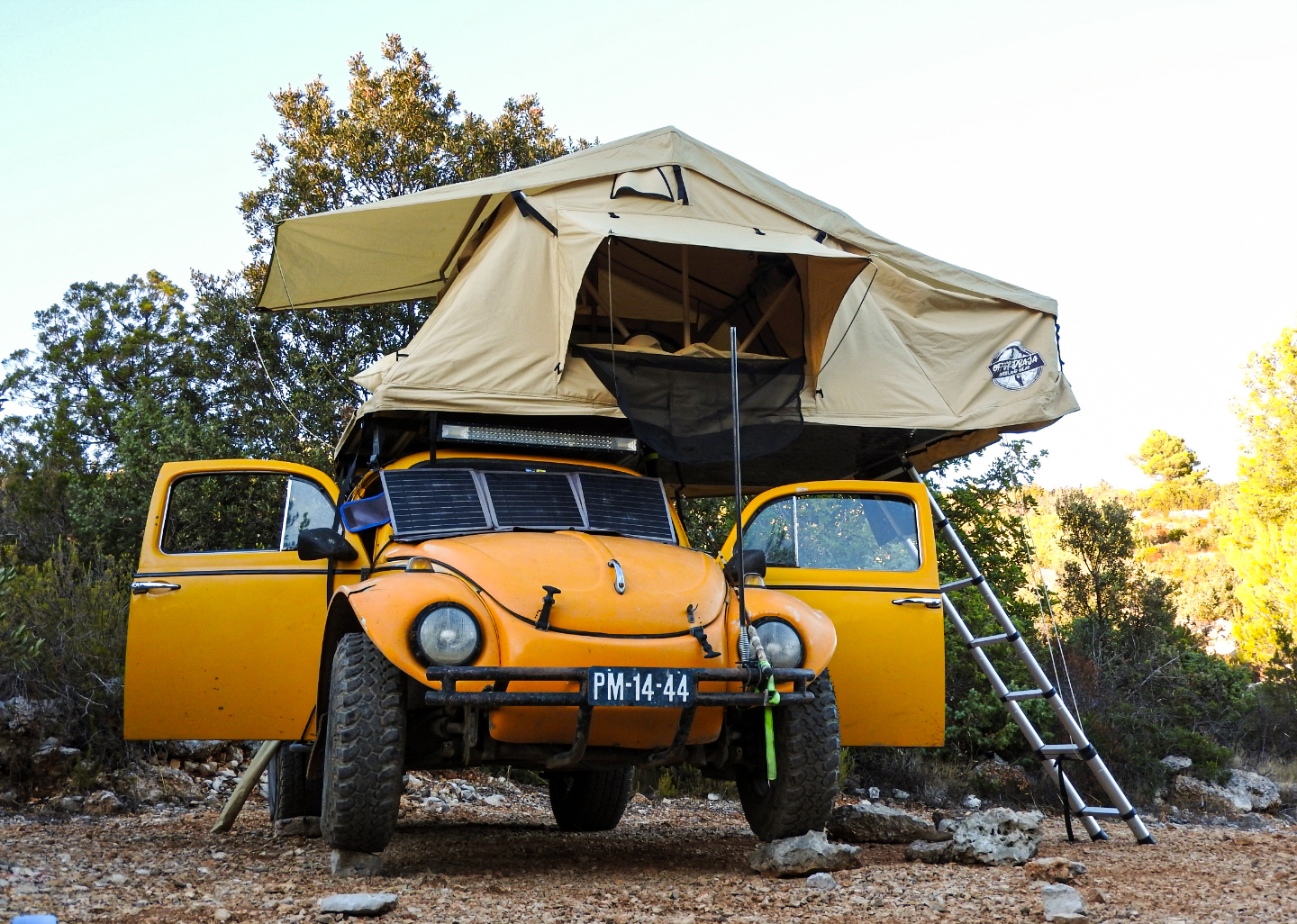
Properly outfitted for the Outback, the Beetle remains parked in Roy’s father’s garage. A shipping quote of nearly €10,000 prevented Roy from returning the car to Australia. “It’s really sad, actually,” he says. “I’m still a little bit mad about it because of all the work we did, beefing everything up, going overkill, and properly preparing it.” After his time in Australia, where he is currently restoring a T2 Kombi, Spinder plans to spend a few years at home, and after that, ship the Beetle to Canada and start the Pan-American Highway. That’s the dream for it, anyway.
When I ask Roy what the Baja Bug means to him, his long pause indicates it’s obviously difficult to put it into words. “I love the car. How it looks, how it feels, how it drives. It’s uncomfortable, it’s loud, [and] lack of space is a bit of an issue—but I love the whole experience.” The only difficulty with it was a broken gearbox in Australia a week before loading the car into a container bound for the Netherlands. It took two days to get the Bug back on the road, but Spinder says he received a lot of help from the Volkswagen community. Someone offered up their driveway, another helped with sourcing parts. Aside from the gearbox failure, though, Roy notes the Bug has been a reliable companion. “I’ve had to hit the starter with a hammer a couple of times. But it has never left me walking.”
Here’s to hoping we’ll witness this little yellow underdog embark on its next quest, wherever that may be.
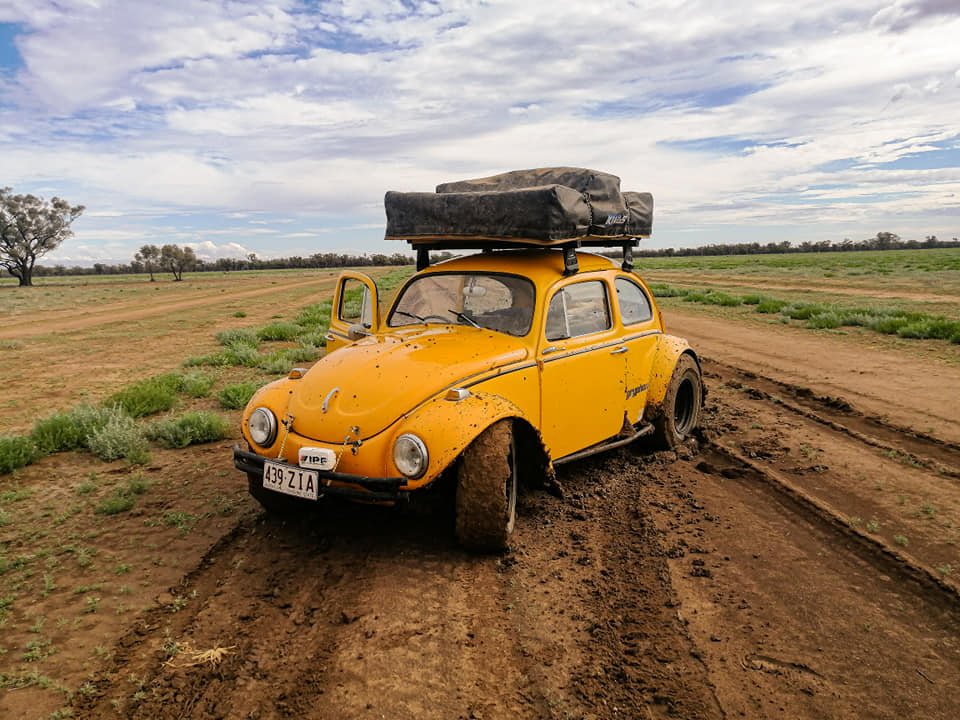
1964 Volkswagen Baja Bug Specifications
Power
1.6-liter 54HP air-cooled flat-four engine
Volkswagen T2 4-speed Kombi gearbox
Suspension and Drive
Stock front suspension (lifted by cutting and turning the torsion bar housing to achieve a 1.5-inch lift)
Rear suspension modified to late Beetle/Superbeetle IRS suspension (1-inch lift by adjusting the torsion bars)
Shock absorbers with coilover springs in the rear
Wheels and Tires
Front Baja 14-inch wheels
Rear Baja 15-inch wheels
Front Insa Turbo Sahara 185/80/14 tires
Rear Insa Turbo Risko 31×10.50R15 tires
Recovery and Armor
Dune 4WD traction boards
Hand-operated winch
Accessories
Kings 60-liter fridge
Dual battery setup with a 134Ah deep-cycle AGM
Portable 125-watt solar blanket
LED 36-inch light bar
Offgrid Baja Overland rooftop tent
Resources
Gryphon Engineering, Cairns, Australia | gryphoneengineering.com.au
Buckle Up Body and Paintshop | bodyandpaintshop.nl
Wagenfolks | wagenfolks.nl
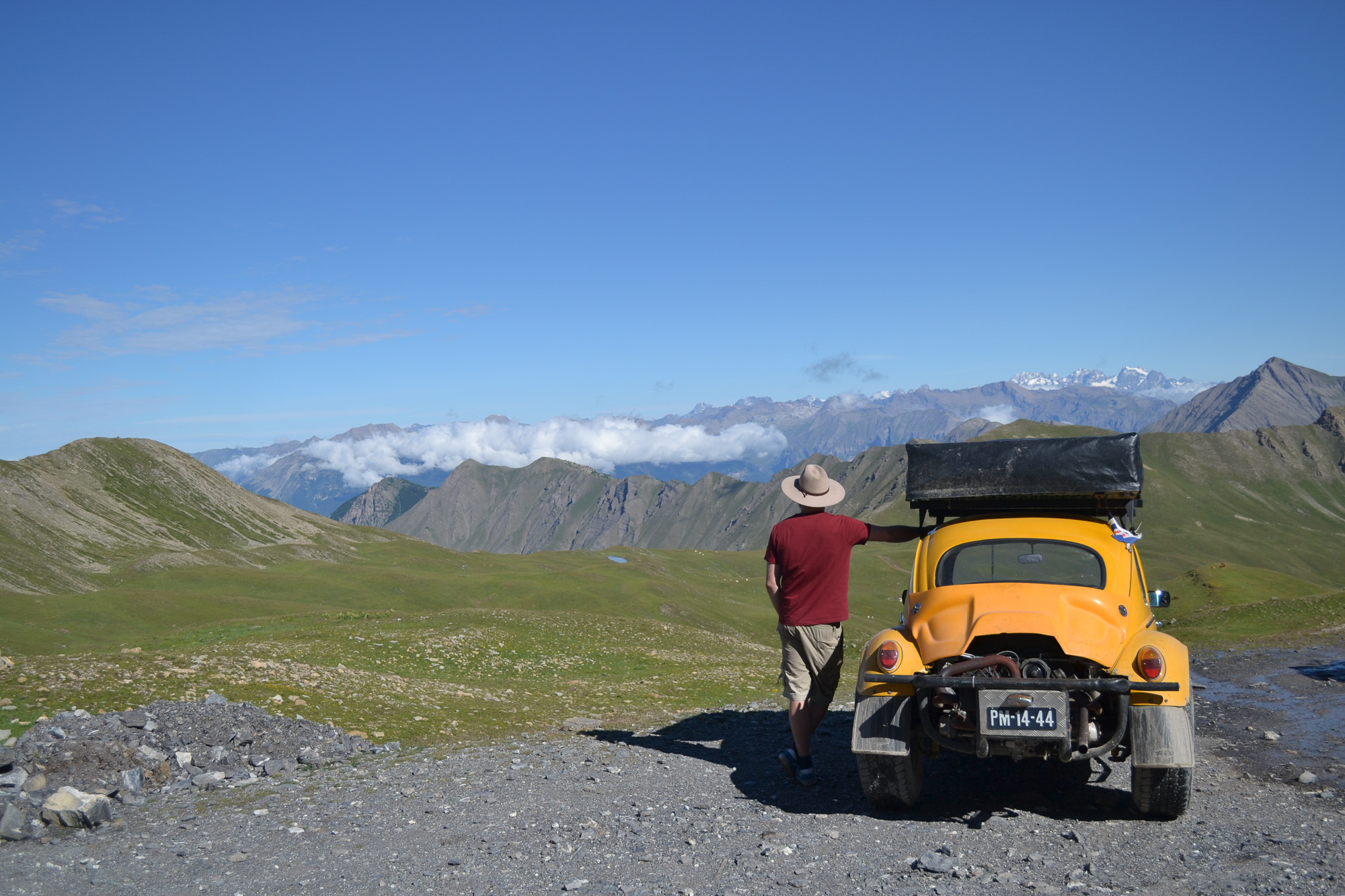
Our No Compromise Clause: We carefully screen all contributors to ensure they are independent and impartial. We never have and never will accept advertorial, and we do not allow advertising to influence our product or destination reviews.


